Whether you are looking for the best RV park for your vacation or looking for a place to park your RV to live, we have you covered. In this article, you will learn how to choose an RV park, including the site size, available activities, location, and cost.
How To Choose An RV Park
You choose an RV park in a given location by comparing the cost, amenities, and site sizes. Then consider the online reviews and images or videos available, and any restrictions that may apply to you such as size limits or pet policies.
Of course, each one of these topics requires a bit of knowledge and consideration. We have made the mistake of being too hasty in choosing, only to be disappointed on arrival, so we have compiled this handy guide and printable worksheet to help you make the best decision possible.
Location – Where Do You Want To Stay
When learning how to choose an RV Park, the first thing to decide is how far you want to be from your destination. For instance, if you are visiting a National Park, can you park at one of the campgrounds inside the park, or do you need to look outside. For us, our 38ft fifth wheel was always too big for the onsite campgrounds, so we always needed to look outside the parks.
If you are staying outside your attraction, you then need to decide how far away is “too far.” As full-timers, we prefer to stay at least a month at a time so that we have time to explore each area in depth, so being a bit farther out is not a problem.
If you only have a weekend, you may not want to spend too much “travel time” between your RV park and the attraction. Generally speaking the farther you get from a major attraction like a National Park, the more you will get for your dollar, which brings us to our next topic – cost.
Cost – How To Find an Affordable RV Park
RV Park cost is probably the most important factor in determining which RV park you will stay. Anyone camping, whether it be a weekend stay, or full time travel, will have a budget to meet and the cost of camping somewhere will probably be the largest factor.
Many national, state and county parks offer very affordable camping rates – from free to around $30 or $35 per night. The norm is to have very little in the way of hook-ups, and size restrictions can be difficult for today’s larger RVs, but the rewards in atmosphere and proximity to attractions can be fantastic.
These sites, when reservable are usually booked months in advance, but many places also do have FCFS (First Come, First Served) spaces if you like living on the edge.
I ALWAYS call the park and speak to a human being who can answer my questions. Get any additional information you need to make your decision. Review any policies you are concerned with. You will be amazed at what you can get done with a person on the other end of the line.
Private RV Parks very near to attractions will usually have much better amenities but can cost a small fortune. As you move farther away, the costs generally come down. For instance, RV parks in West Yellowstone generally run $50 to $100 per night. But only 20 minutes from town, we found a State Park with full hookups for only $35 per night!
Be aware that most parks charge different fees for different kinds of sites as well as length of stay. Look carefully for these “tiered” price schedules and know what is being included. Weekly or monthly stays should come at a very good savings to nightly, and back-in sites should be a bit less than pull-through sites. By the same token, “Premium” sites (waterfront, etc) will cost a bit more.
Another thing to check out is “hidden” costs. For some parks, the stated price may only apply to 2 people and will charge extra for additional people or vehicles. This means that families need to be aware! Sometimes amenities such as WIFI, cable tv, or pets etc are additional costs as well. We usually steer clear of places that do this!
Just make sure to ask questions about what EXACTLY is included in the nightly fee.
Then there is the option of free camping or “Boondocking” on federal land. This type of camping will offer no amenities, but is free and can be very close to major attractions.
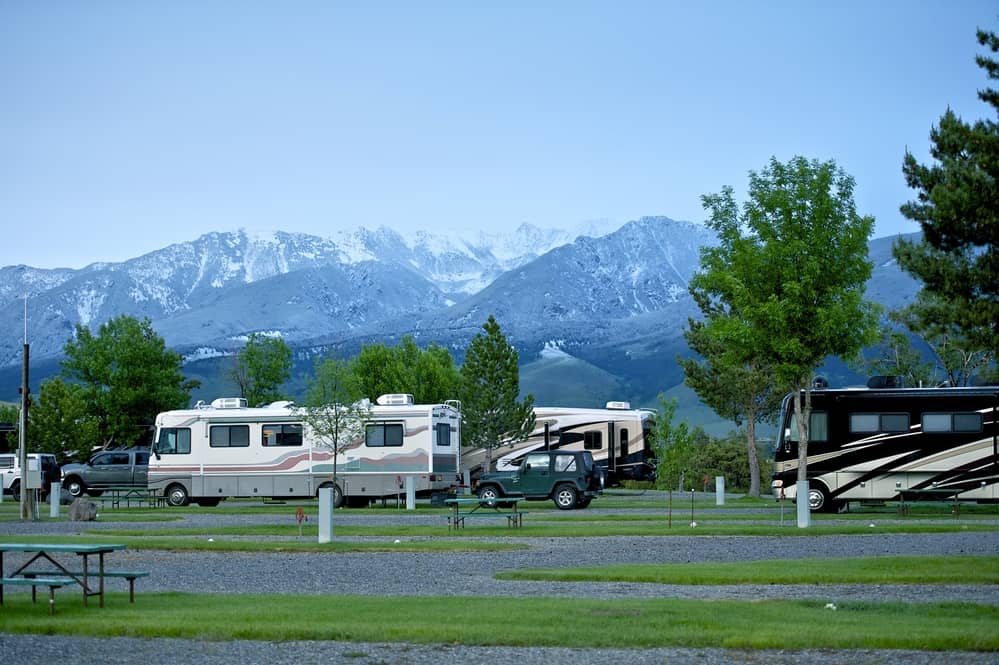
Amenities – What Does the RV Park Offer?
The next thing to look at is amenities, what is the campground offering for the price? While considering these, also consider what your needs are. Many amenities sound good, but may not be of any use to you while you are there. A few things to consider are:
- Hook-ups: First and foremost, does the park offer the hookups you need? For longer stays, sewer was always a must for us. It is a pain to close up the entire rig and tow it 100 feet to the dump station every week. We also require 50 amp service, we found out early on that not every campground offers that. We can run on 30 amp as long as it is not too hot, but 50 amp is always preferred.
- Site Amenities: What is the size of the site? Once you have chosen the perfect RV, you want to make sure it will fit into the site. Are you crammed in where you can’t even open your awning. Neighbors are nice but there is a limit… Is the site a pull through or back-in? Are there trees for shade? Is it a paved site? Gravel? Grass? Always ask specific questions when you call, ask about your slides etc, to make sure you get the right site.
- Laundry: This is always a biggie for us with longer stays. but may not matter if you are only staying a few days. Having to haul our laundry into a local town (which may not be so local) is many times a deal breaker for us.
- WIFI/ Cell Service: Do you need to stay connected? Many campgrounds offer free WIFI but DO NOT COUNT ON THIS WORKING WELL! More times than not coverage will be spotty, and the bandwidth will be full. So if you are thinking you can use the campground WIFI to stream Netflix, just know that won’t happen! If you have your own service, make sure to ask the park about cell coverage for your carrier.
- Playground/ Kids Stuff: If you have kids, check out what the park has for kids to do. Or, if you are looking for a quiet time, make sure to understand if the park is a hot spot for families and maybe go elsewhere.
- Activities: Many RV campgrounds will offer activities as part of your stay. These are a great way to meet others who are camping as well as a fun way to pass the time.
- Mail Service: If you plan a longer stay, make sure you can receive mail at your rv park. In all of our travels, it has been rare that we couldn’t. but for the few that would NOT accept deliveries, it was a real pain. Just ask.
- Local Area: A look at the local area is a good idea as well. If you are near to a town, what is there to do? What shopping/ restaurants are available? Are there services available that you may need? For us we always check for the nearest Walmart and Sams Club since we do most of our shopping there. Is the area touristy (.aka. expensive?)
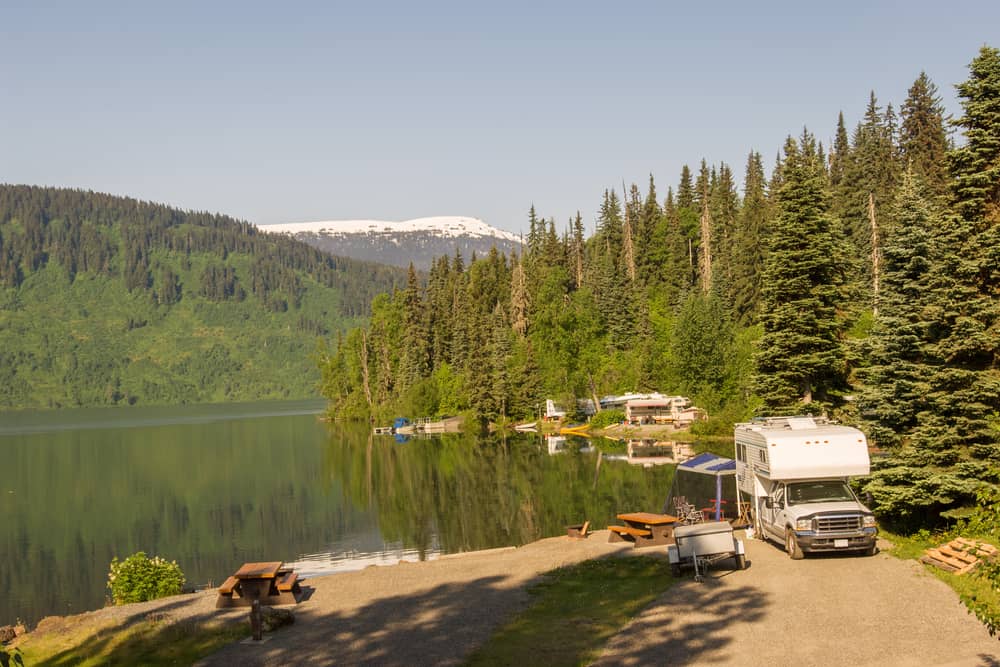
Restrictions- What Are the Campground’s Policies
All campgrounds have policies, and many times there will be restrictions that may be important for you to know.
- RV Size: you should always check that the park and site you are looking at can handle your RV. This is especially true when looking at national or state parks which may have been built decades ago, when 30ft was considered a HUGE RV.
- Length Of Stay: If you are just staying a few days, this is not really an issue. For full timers who may be looking for monthly stays, make sure these are available and are priced as such. There should be a substantial savings for a weekly or monthly stay.
- Pets: Make sure Fido is welcome and that there is not an extra charge for him. We have found that almost all parks welcome pets. Almost every park has a leash rule. Many do have restrictions by breed (pit bulls etc) so make sure you know what the rules are.
- Age of RV: Some parks do have a rule as to how old an RV they will welcome. This is understandable if you have ever been to a park full of dilapidated old wrecks. It looks awful and makes the park look awful. If you do have an older (but well kept) rig, always call and speak directly to the park, offering photos of your rig if necessary.
- Quiet Hours: Pretty much all RV parks have a noise policy which includes quiet hours. Some parks are more forceful in enforcing this policy that others. Make sure you match up with a park that has rules to match your own preferences. It is a good idea to read reviews to get a clear picture of what ACTUALLY goes on in the park.
You choose an RV park in a given location by comparing the cost, amenities, and site sizes. Then consider the online reviews and images or videos available, and any restrictions that may apply to you such as size limits or pet policies.
Researching – How To Choose An RV Park
When you are ready to look for a campground, first print out the handy Campground Planner included above. It will be a great help in remembering and comparing campgrounds.
- Map The Area: Look at a map of the area you are visiting. If you are staying within the attraction (such as a National Park) use the parks own map of campgrounds. If you are staying outside the attraction, set a perimeter by miles of how far you are willing to stay. Then search for campgrounds (or “RV parks”) within the area.
- Look At Each Parks Website: Look for the website for each park you are interested. Note all of the important and relevant information on the Campground Planner. Check for the amenities that are important to you to make sure you get the most for your dollar. Of course, check the rates to ensure you are staying on budget. You can usually review policies here as well.
- Check Reviews: Check online reviews to get real experiences from real campers. Google reviews are good. GoodSams is also good. I also use CampgroundReviews.com– they have most parks included. Use a consistent review site across campgrounds so that you have a consistent rating system.
- Check for Images/ Videos: If there are photos or videos available of the park, have a look. Many users will post their own candid photos or “drive-thru” videos. You can really have a nice look around that way. You can also use a Google Maps “street view” top see the immediate area around the park.
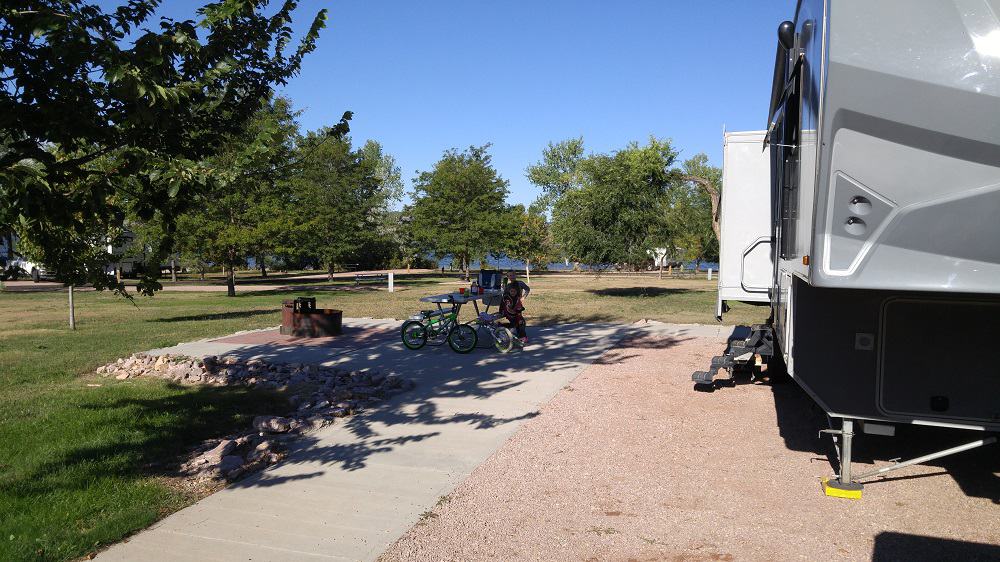
- Narrow The List: With all of this information at hand, it should be easy to narrow down your list to a few parks.
- Call The Parks: I ALWAYS call the park and speak to a human being who can answer my questions. Get any additional information you need to make your decision. Review any policies you are concerned with. You will be amazed at what you can get done with a person on the other end of the line.
- Book Your Park: Once you have made a decision, get your site booked before someone else takes the spot. Most places will charge a deposit (ask about refund information in case your plans change.) Make note of the date, time and person who took your reservation, and make sure to get a verification email.
Figuring out how to choose RV Park for your next vacation is not difficult. With a bit of planning, and the right approach, you can ensure that you will have a fantastic time at a park that is just right for you.

Frank Foley
Frank is the Head Hubby, Daddy, and Fix-It Guy of the Roving Foleys clan. He ia an avid traveler and has spent over 5 years traveling full time with his family. he loves helping others learn about the RV life. He has also traveled in Europe, Asia, and Australia with his wife Grainne.
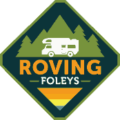
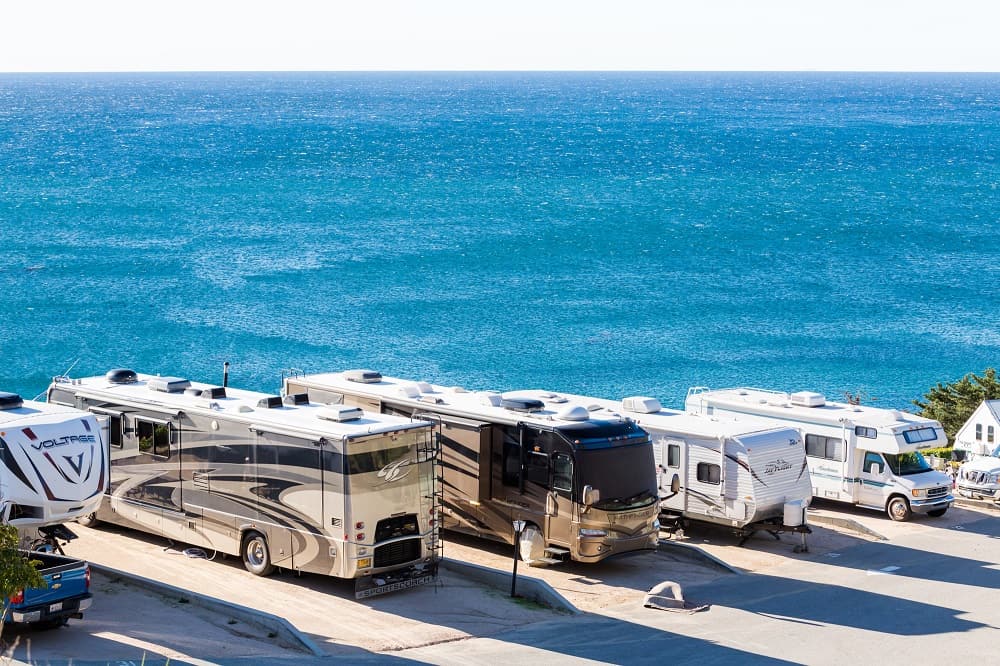
I appreciate the tip about calling an RV park. My wife and I want to take an RV trip. It seems like it would be a good idea to call the RV parks that are on our route.
Thanks for pointing out the different amenities that might be available in an RV park. I am taking a trip next summer and plan to stay at different campgrounds across the country. It would be smart for me to start looking at my camping options now.
Absolutely- it is getting tougher and tougher to get reservations. Shop early!!
Thank you for mentioning the many facilities that may be found in an RV park. Next summer, I’ll be traveling and staying at several campsites around the US. It would be wise for me to start investigating my RV park choices right now.
My dad has an RV, so I was thinking of borrowing it when I go camping with my friends in College Station at the end of the month. I found your tip helpful when you told us to check out the amenities that the campground has to offer along with the activities that are part of our stay there before we decide on one since we can use this opportunity to meet other people and make the camping trip even more fun. I’ll be sure to inquire about this once I find an RV park campground in College Station to consider for our trip.
I was considering borrowing my dad’s RV when I go camping with my buddies in College Station at the end of the month since he owns one. I appreciate how you said to compare prices, facilities, and site sizes while selecting an RV park in a certain area. Then take into account any limitations that may apply to you, such as size restrictions or pet regulations, as well as any internet reviews, photographs, or videos that are accessible. While looking for the ideal RV spot for us, I’ll be sure to consider this. Thanks!
I found it helpful when you said that there are camping sites that can be booked in advance to get affordable rates. This is something that my husband and I will consider because we are interested in finding an RV site where we can camp with our two kids in November. We lost one of our sources of income last month, so it is crucial for us to find the best possible deal.
Here’s the thing: my husband and I have been dreaming of an epic road trip adventure, exploring the country in an RV and enjoying the freedom of the open road. Now that we have the time, we can’t wait to find the perfect RV resort to stay at, where we can relax by the campfire, meet fellow travelers, and make unforgettable memories along the way! Thanks for your tip on how to always be sure the park and site you are considering can accommodate your RV. You explained that this is especially important when considering national or state parks, some of which may have been constructed when 30 feet was still considered a large RV.